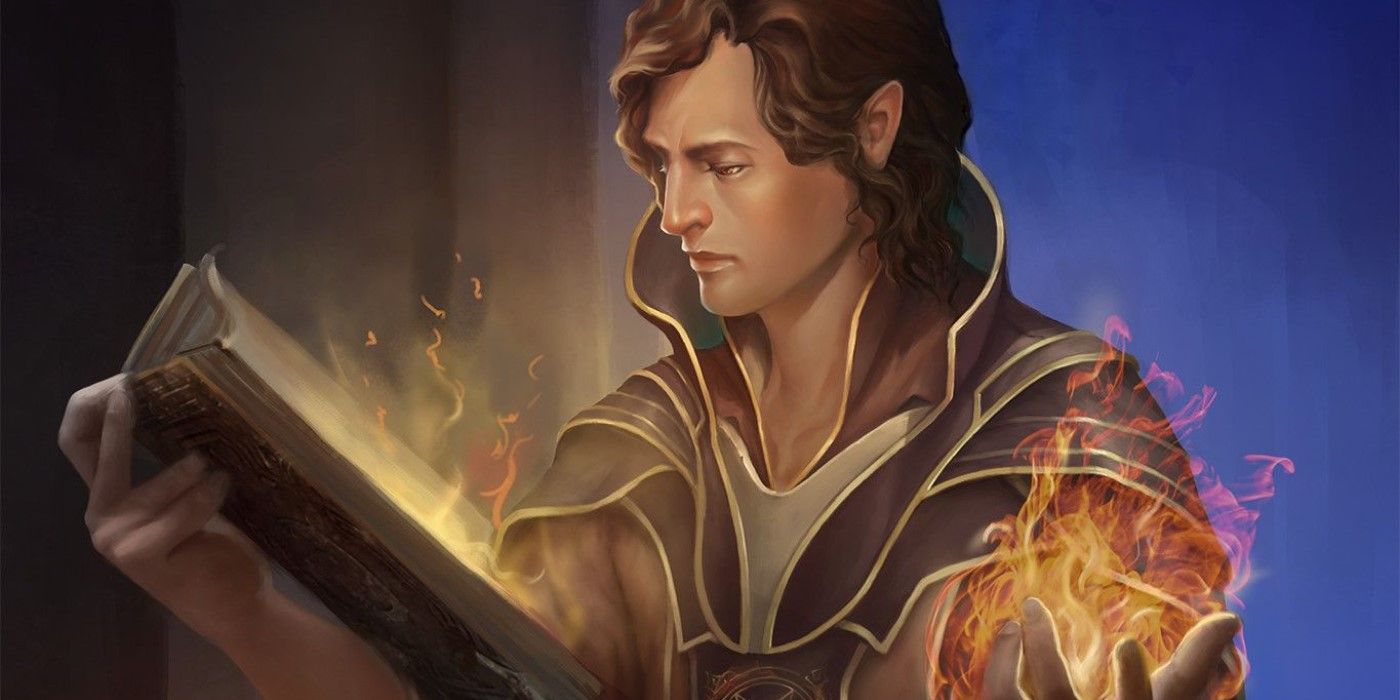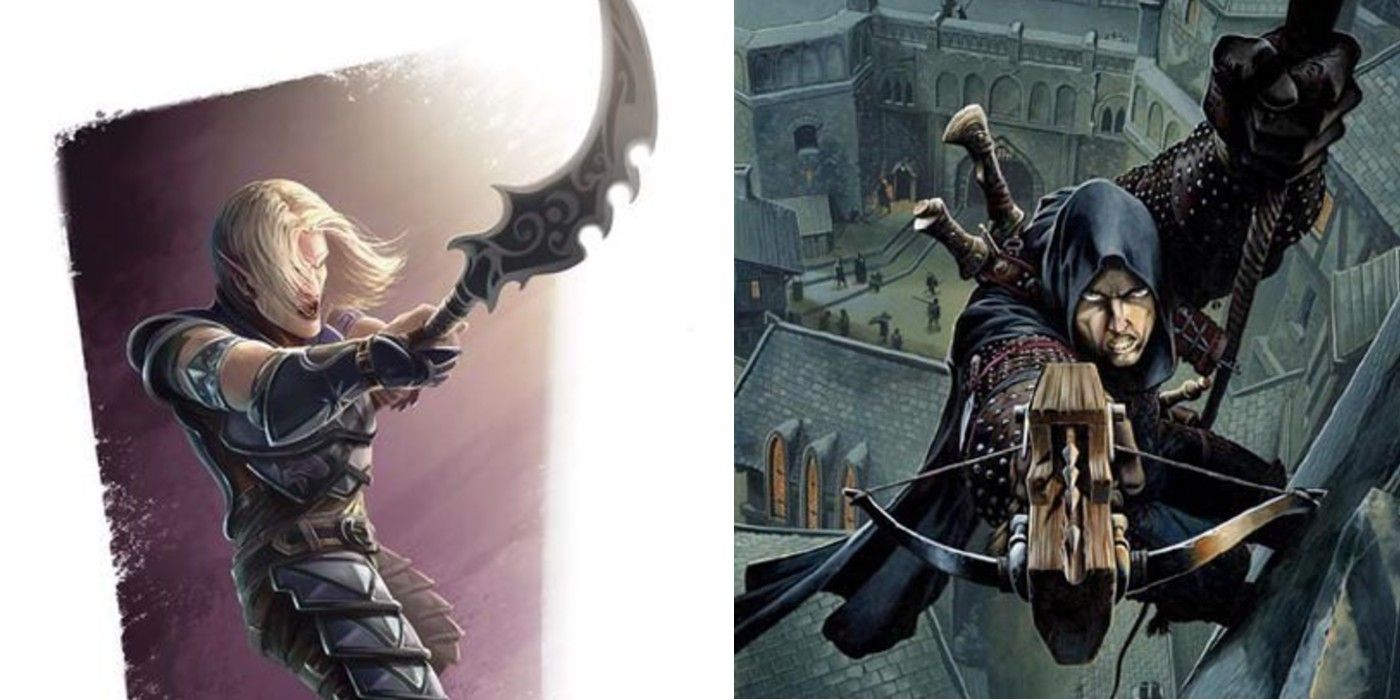Dungeons & Dragons: Honor Among Thieves
The current 5eDungeons & Dragonsrules prioritize simplicity and easiness of savvy , but multiclassing is still included in the corePlayer ’s Handbook , albeit as an optional pattern , alongside feats . The biz account multiclassing as a tradeoff , noting “ you ’ll sacrifice some direction in exchange for versatility . ” This is an accurate verbal description of multiclassing , even more so than third editionD&Dwhere multiclassing was popularized , as step-up to ability scores or feat survival of the fittest are now splice to class levels , not overall case level .
Characters also want exceeding stats for multiclass , a prerequisite that recallssystems used inAdvanced Dungeons & Dragons . Multiclassing want gamey stats in the choice requisites of both the class a character is forget as well as the family they are going to , a rule many players miss . Multiclassing want deliberate provision , which begins at the fourth dimension of fictional character world , but with the right combination , a multi - classed character can be more various , and sometimes more powerful , than their exclusive - sort out opposite number .
relate : Dungeons & Dragons Tips For Creating More Urgency In Campaigns
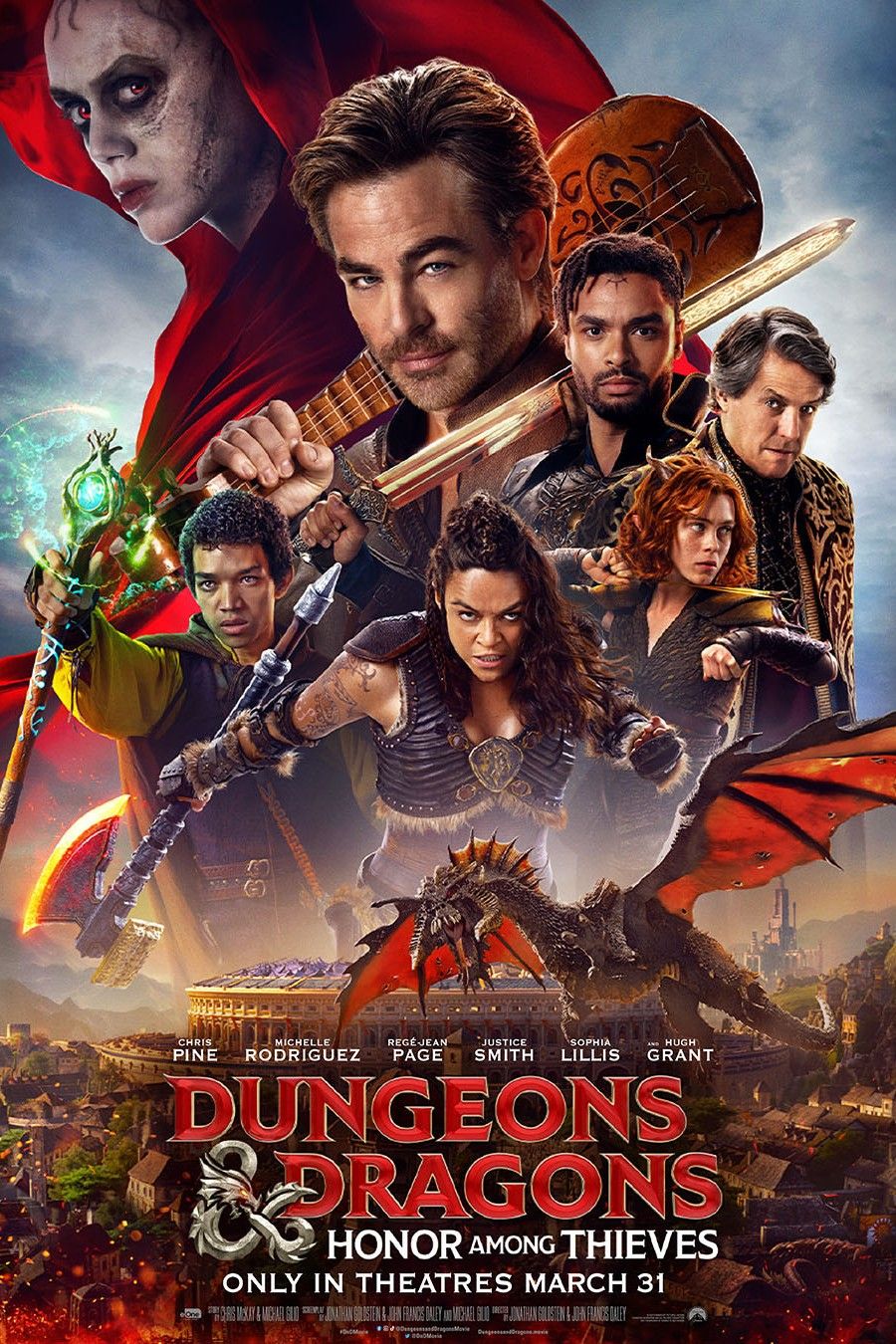
role player intending to multiclass inD&Dshould read up on the multiclassing rulesprior to create their character . A 13 or higher in one or more attributes is postulate to multiclass . Some combinations take only one stat , such as a Sorcerer / Warlock multiclass , which both require a 13 Charisma . Classes like Paladin require both a Strength and Charisma of 13 , and the Fighter is the only marrow class to provide either Strength or Dexterity as eligible prerequisite stats . When using Point Buy to generate characters , a 13 is easily getable for only 5 out of the 27 total points afforded .
Unique D&D Features Like Channel Divinity Have Special Multiclassing Rules
Those planning sealed complex orunconventionalD&Dclass combinationscould still come up their point total tax , as a Paladin / Ranger requires a 13 in Strength , Charisma , Dexterity , and Wisdom , a total of 20 point . Racial modifiers to stats , notably , do count towards multiclassing prerequisites , as do power mark increase available at class level 4 , and beyond . charming items that replace a base stat , such as a Belt of Giant strength , do not meet multiclassing requirements , however , as they are based on a eccentric ’s innate stats , not their as if by magic imbued replacements .
A fictitious character ’s proficiency bonus , which scales from +2 at level 2 , to +6 at level 16 and beyond , is bind to character tier , not class level , enable multiclass fiber to advance appropriately . Every class other than Sorcerer and Wizardprovides someD&Dproficiencies when multiclassing , often include artillery and armour , and sometimes skills , or an additional tool in the case of the Rogue . Notably , Heavy Armor proficiency can not be obtained via multiclassing , even with classes like Fighter and Paladin , so character intending to use Heavy Armor may wish to start their calling in one of those stratum . There are workarounds , however , such as multiclassing into Cleric , which normally grants only Medium Armor proficiency from multiclassing , and selecting a Divine Domain like the War Cleric subclass that grants Heavy Armor technique as well as Martial Weapon proficiency .
The multiclassing rules include exceptional guideline for a few unique class features , like aD&DCleric and Paladin ’s Channel Divinity spell . Multiclassing between two stratum with Channel Divinity feature article provides alternate uses for Channel Divinity , but the number of times it can be used it based on the largest number afforded by any individual form , not the combined number . The Extra Attack feature works similarly . Most martial classes invite a exclusive Extra Attack as part of the Attack Action at level 5 . Only the highest phone number of Extra Attacks is really added , they are not cumulative , so a Monk 5 / attack aircraft 5 get only one excess attack , but a Fighter 11 , Monk 5 , would have two superfluous attacks thanks to the Fighter ’s story 11 improvement to the feature .
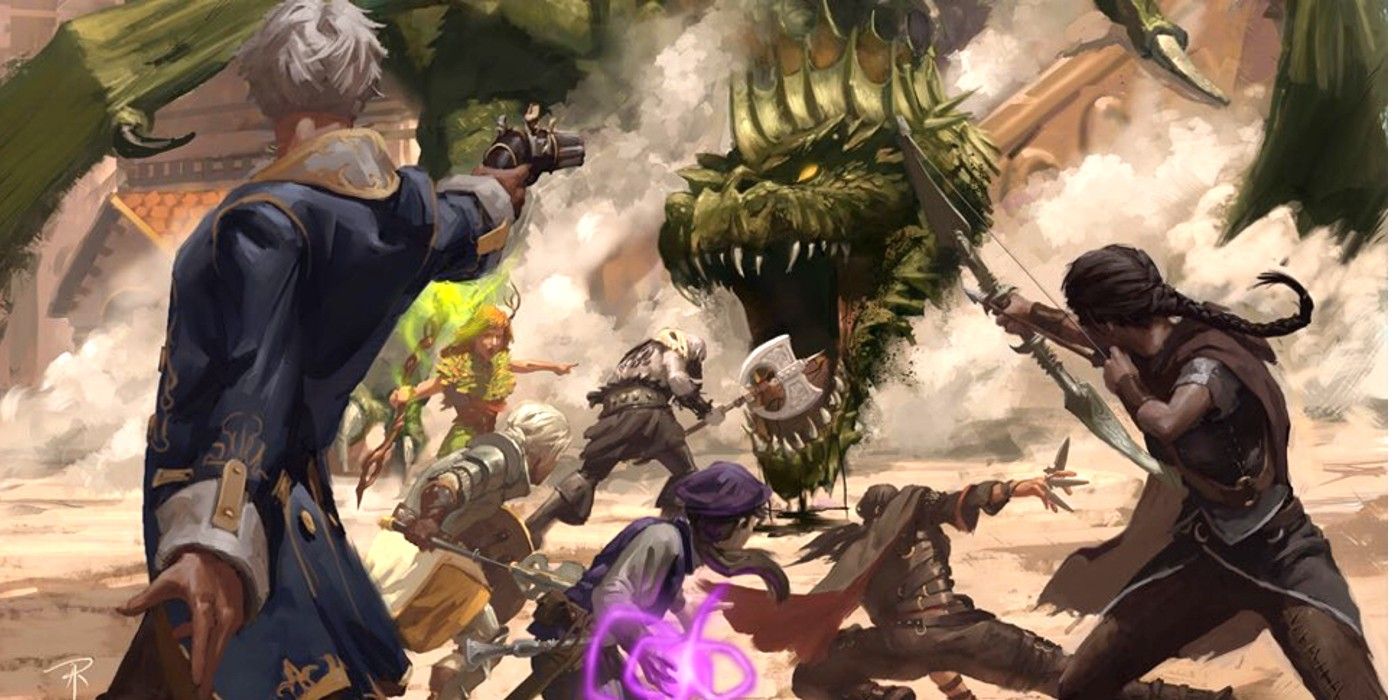
Multiclassed D&D Spellcasters Are Among The Most Complicated Characters
The rule for Unarmored Defense , a feature article forD&DBarbarians and Monks , is often overlook by multiclassing players . This rule notes , “ If you have the Unarmored Defense feature article , you could not gain it again from another category . ” This means players can not pick their preference between the Barbarian ’s Constitution - based Unarmored Defense and the Monk ’s Wisdom free-base version , in a Barbarian / Monk multiclass . Rather , they gain entree only to the first one they obtained , make the order a player selects for bring in their class tier important .
Related : D&D : When To Use Homebrew In Campaigns & When To fend off It
The spellcasting rules for multiclassedD&Dcharacters are by far the most complicated part , and players intend to focalise on spells as their primary donation to the group may want to avoid inordinate multiclassing , consequently . The tour acknowledge and prepared are based solely on each form one by one , but spell slots can increase based on combined classes . Full spellcaster classes like Sorcerer , Cleric and Druid provide full progression , “ half casters ” like Paladin and Ranger provide one one-half level ’s progression , rounded down , while specific subclass like the Eldritch Knight Fighter and Spellthief Rogue allow these martially - orient classes to contribute one - third floor ’s progression , also rounded down .
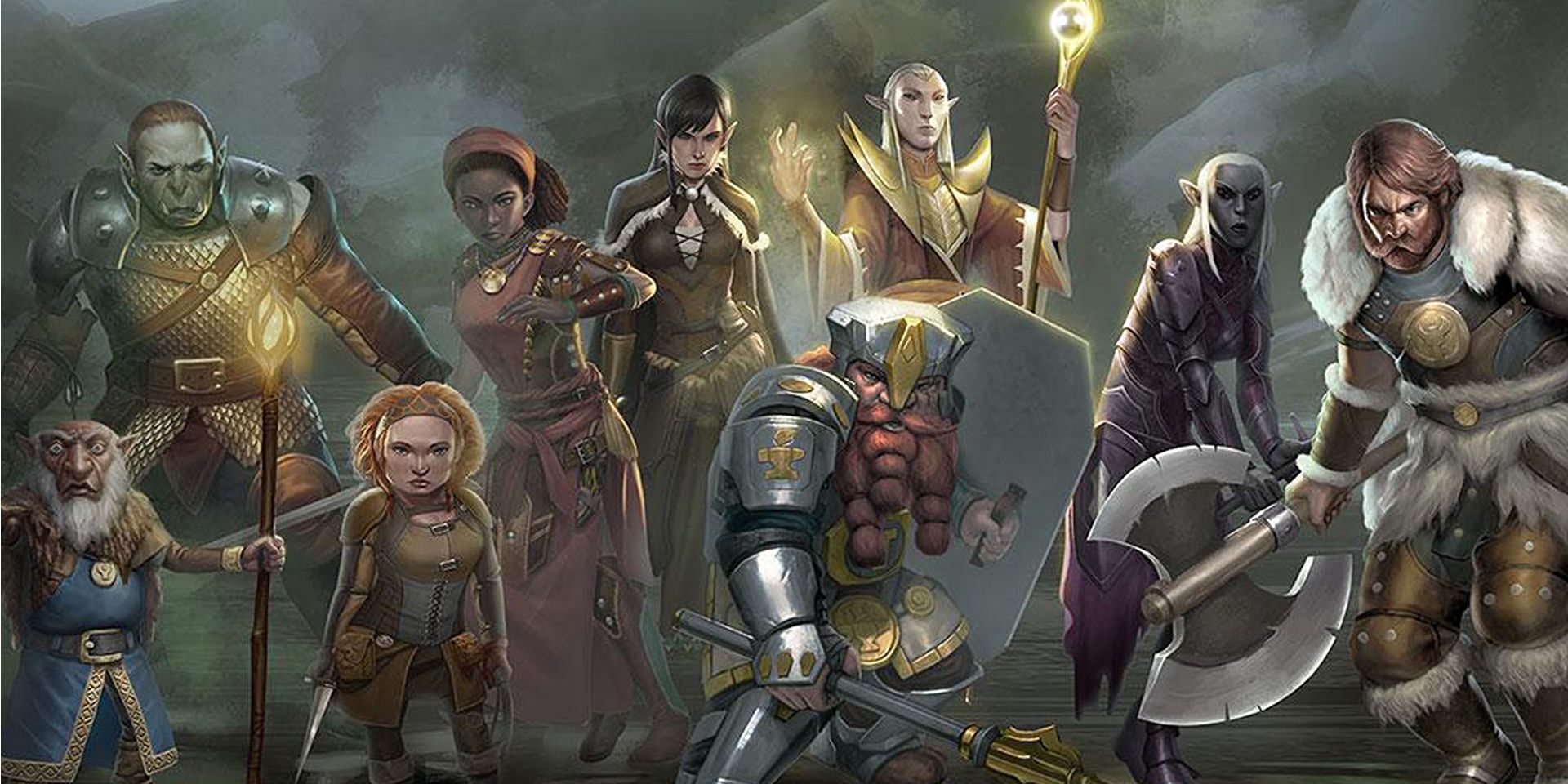
Some combinations allow for a scenario where aD&Dcharacter has higher stratum spell slotsthan the magical spell they know from any form , but lower - grade magic spell can be roll using mellow level spell slots , often with improved welfare . player should be mindful that any DCs link up with spell are wed to the central stat of the class the spell originates from . A Cleric 10 / Wizard 10 , for example would end up with a full castor turn slot progress , identical to a individual - classed full caster . They would only “ know ” spells up to 5thlevel from either class , however , so any higher - layer spell one-armed bandit would have to be used for “ upcast ” spells , and their Cleric spell attack bun and DCs would be based on Wisdom , where Wizard spells would key off of Intelligence .
Well-Planned D&D Multiclassing Yields Outstanding Results For Savvy Players
Despite the challenges of multiclassing , savvy players can gain from strategic use of the organisation . Starting with a singleD&DRogue layer offers several skill proficiencies , proficiency in thieves ’ cock , and two choice for Expertise , where the proficiency fillip is doubled . This can be beneficial for any character , allowing them to officiate as the group ’s trap disabler , and aid their ability to bestow outside of combat . Starting with a Fighter level before multiclassing into a spellcasting class like Wizard provide useful armor proficiencies , as well as proficiency in Constitution - based saving throws , which are critical for a spellcaster ’s absorption checks .
A skill domination - focusedD&Dcharacter with 11 Rogue degree with the Scout subclass , 1 Cleric stratum with the Knowledge Domain , 3 Bard levels with the College of Lore subclass , and 5 Ranger levels with the Fey Wanderer subclass , gains 10 Expertise skills and proficiency with well-nigh every skill in the game . A properly build Rogue / Fighter multiclass character specializing in the manus crossbow is a more crushing damage principal than a single - class Rogue , with more out of fighting versatility than a virgin Fighter . ABarbarian 8 / Fighter 12 focused onD&D’spolearmsoffers more battle royal damage than a individual - assort Barbarian , without the exposure of a Fighter who lacks the cult category feature of speech . These builds require careful planning and may not be appropriate for players who are just learning the system , but experienced players will find that multiclassing makes 5eDungeons & Dragonsmuch more exciting and tactically rich than it might first appear .
Next : layer Up : forward-looking 5e Is Further From D&D Than Necessary
